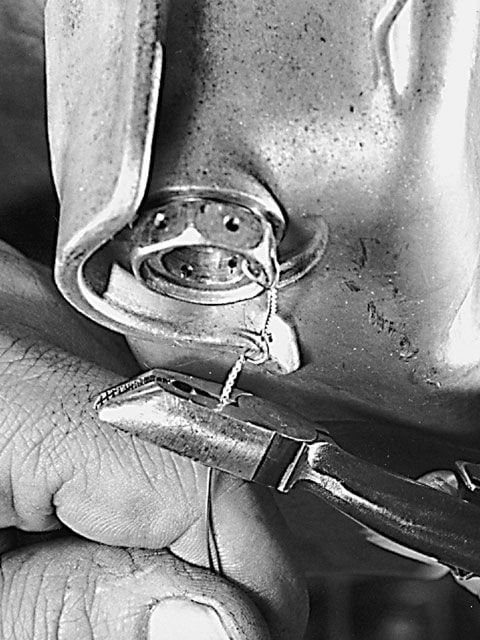I said every manual I've had ... not every manual ever printed.
I always use a torque wrench on P-gasket (torque stop) type filters because it's that torque that crams the circumfernce of the filter can into the mounting seat. So it's more along the lines of torquing down a giant nut with a gasket on it. For square cut base gaskets, I do the 2/3 to 3/4 turn from initial gasket contact on the mount seat.
I have a car that uses a Filter with a P-shaped gsaket, denso Torque-stop design. The manual and the instructions on the filter calls for 15-18 lb ft / 20-24 Nm or 7/8 turn. This car is notorius for vibrating oil filters loose.
But i never have Metall-to-Metall contact. Even if i torque it down with the maximun torque value, i still could turn it further and dont have Metall-to- Metall contact... ? I use my Hazet 3/8 torque wrench, this thing is precise. In the dedicated forum of the car other owners also mentions that this filter should make Metell-to-metall contact.
When i change this filter, i allways could open it with only a little "Oomph" from my wrist. Seems thight, but not Super thight.
I am always puzzled whats going on - Do i something wrong?
I have tried a different filter with a traditonal square cut gasket and found that it is much harder to remove, sits thighter. In my opinion a better, more safe solution for a car that is notorius for vibrating oil filters loose.


